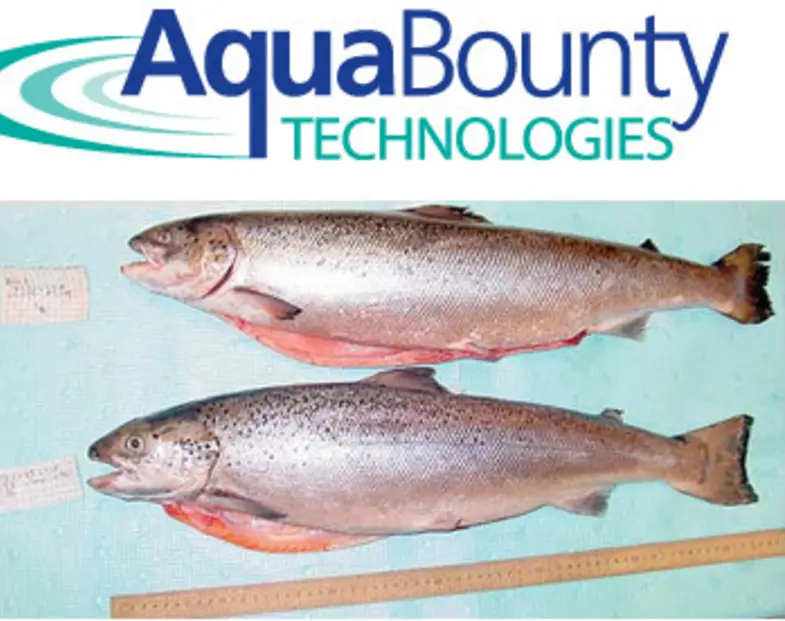
When the genetically engineered salmon was first announced, it sparked a wave of controversy from countless organizations and members of civil society.
Despite that, the salmon was approved anyway, and now faces daunting safety questions that still haven’t been adequately answered by both the FDA and Canadian health officials.
The new salmon is designed to grow much faster and survive in difficult conditions compared with traditional salmon, and while the company behind it, AquaAdvantage, has promised to keep it contained, concerns of it escaping into the wild still remain.
Now, more details have emerged regarding this controversial GMO experiment. And if the latest news is any indications, U.S. customers had better be prepared.
Unlabaled GMO Salmon on a Crash Course with U.S. Dinner Plates
According to a the online magazine Biographic, the genetically engineered salmon, created by Massachusetts-based AquaAdvantage, could make it to store shelves in the U.S. sometime in 2019, following in the footsteps of its Canadian debut.
Already five tons of unlabeled GMO salmon were sold in Canada in the year 2017 thanks to a lack of labeling laws, where AquaAdvantage has a farm on Prince Edward Island.
While GMO salmon has been approved in the United States, it is still not allowed to be imported from Canada, which means that the controversial animal, which received thousands of petitions against its approval, could originate from AquaAdvantage’s Massachusetts plant sometime in the near future.
How the GMO Salmon Was Made with ‘Antifreeze Proteins’
In the Biographic article, the original process for how the GMO salmon came to be was described in great detail.
It all began in 1992 when a tech entrepreneur sat down for a meeting with a pair of biologists named Choy Hew and Garth Fletcher, who were working on a method of purifying ‘antifreeze proteins’ that would help the Atlantic Salmon survive “superchill events” in the North Atlantic.
The two scientists showed photos their GMO creations to the entrepreneur, Elliot Entis, when they suddenly realized that their new fish was far bigger than a traditional salmon at the same age.
The GMO salmon team saw a potential market for raising salmon for meat purposes faster than ever before, and hence began the process of getting it approved.
Hence, the GMO salmon industry was born, and now AquaAdvantage is the sole company hoping to expand onto U.S. store shelves. They also hope to bring the fish to economically poor countries in search of more meat options.
There’s just one problem with AquaAdvantage’s ambitious plans: market and consumer rejection of the GMO fish has reached a fever pitch. Hundreds of major grocery chains including Costco, Safeway and others have said that they will reject the GMO salmon.
Polls have consistently shown customers’ disdain for the fish as well, including over 75% of respondents to a New York Times poll in 2013 who said they don’t want to eat genetically modified fish.
Whether or not they accidentally will, however, remains anyone’s guess, especially since the fish will not be labeled and restaurants and fish markets everywhere could conceivably begin selling it while keeping their customers in the dark.
In the meantime, consumers continue to play the waiting game.
The best way to stop this and other GMO experiments is to spread the word via social media, tell your favorite restaurants and retailers not to sell the new GMO salmon.
This article was published with permission via March Against Monsanto. For more articles like these in your inbox, click here.
Thanks for installing the Bottom of every post plugin by Corey Salzano. Contact me if you need custom WordPress plugins or website design.




